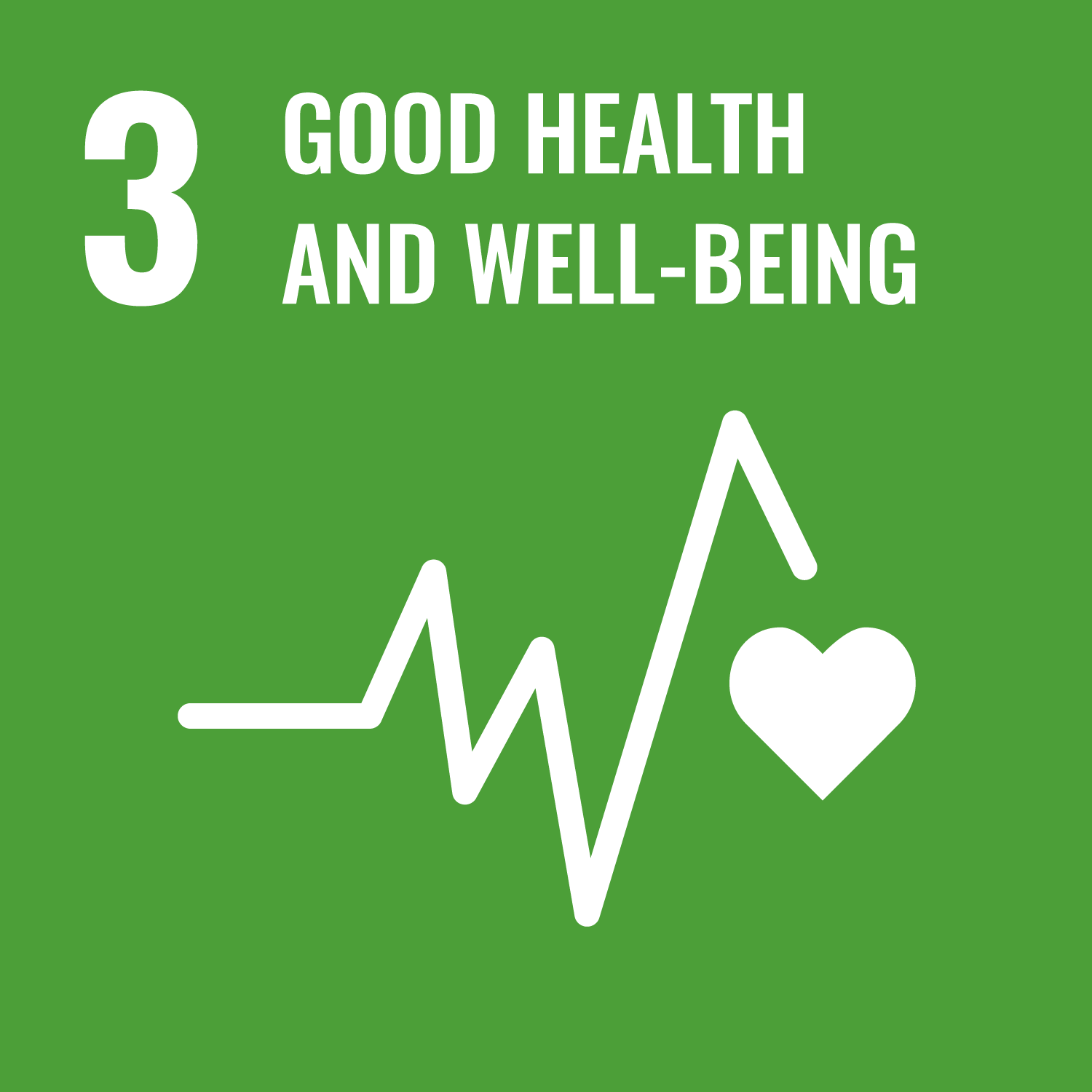ORCID
- Nicola King: 0000-0001-6989-5760
Abstract
Homocysteine (Hcy) is a breakdown product of methionine metabolism. The risk of cardiovascular disease (CVD) correlates with an increase in plasma Hcy levels. The aim of this study was to investigate whether 1% methionine supplementation of adult rats altered intracellular reactive oxygen species (ROS) generation, intracellular Ca2+ content, and contractile activity in freshly isolated cardiomyocytes. This was measured under normal conditions and during oxidative stress in freshly isolated cardiomyocytes. Single rat cardiomyocytes from both sexes were isolated by enzymatic and mechanical dispersion techniques. Fluorescence microscopy was used to measure ROS production and intracellular Ca2+ concentration. Cell contraction was measured using a video camera. During exposure to 200 μM, H2O2 female cardiomyocytes produced significantly fewer ROS and had a higher intracellular Ca2+ concentration compared to male cardiomyocytes in control and methionine-fed conditions. The contractility of cardiomyocytes isolated from male rats was insignificantly decreased after methionine feeding compared to control, while the contractility of cardiomyocytes from female rats insignificantly reduced after methionine feeding and acute exposure to oxidative stress. These findings provide evidence that during exposure to 200 μM H2O2, cardiomyocytes from female rats produce less ROS and have higher intracellular Ca2+ levels. There were no significant effects on contractility in cardiomyocytes from either gender and under any of the different conditions.
DOI Link
Publication Date
2021-01-01
Publication Title
Molecular and Cellular Biochemistry
Volume
476
Issue
5
ISSN
0300-8177
Acceptance Date
2020-12-02
Deposit Date
2023-12-14
Embargo Period
2023-12-19
First Page
2039
Last Page
2045
Recommended Citation
Demerchi, S., King, N., McFarlane, J., & Moens, P. (2021) 'Effect of methionine feeding on oxidative stress, intracellular calcium and contractility in cardiomyocytes isolated from male and female rats', Molecular and Cellular Biochemistry, 476(5), pp. 2039-2045. Available at: 10.1007/s11010-020-04011-2


